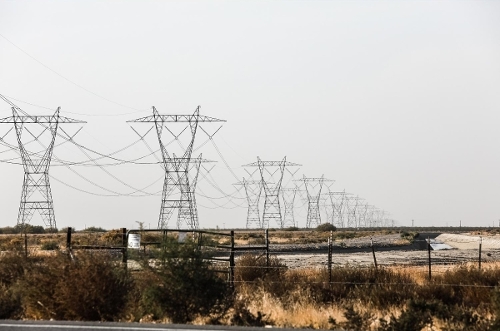|
Now you might think closing carbon dioxide emitting power plants is a good thing.
However, generation simply shifts to power plants from other states that emit as much or more carbon dioxide, especially when long-distance electric transmission losses are considered (0.43 tons/MWh compared to 0.48). Delaware has the second highest rate of transmission losses at 11%.
Perhaps you prefer wind and solar power?
Did you know Delaware has been mandating wind and solar power in addition to providing subsidies for both for over a decade? In 2021, the mandate required 21% power from wind and solar, increasing to 40% by 2035. So far, 90% of the wind and solar mandate is being met with out-of-state generation, with only 2% of electric demand met by in-state solar. At night, when it’s cloudy, and in winter, when solar power drops 40% compared to summer, reliable power is needed for backup.
Rooftop solar and offshore wind are three to four times as expensive as utility-scale solar and existing natural gas and coal-fired power plants. Importing power adds cost to cover the greater transmission distances and congestion at key transmission sub-stations.
The loss of in-state electric power generation could lower Delaware's GDP by $250 million a year in lost electric generation and natural gas sales compared to 2016. Well-paying jobs at the power plants would be lost, and reduced GDP has secondary impacts on the economy. Local power plants are needed to maintain voltage stability for reliability, and longer transmission lines could face more likely storm damage and outages.
Delaware has not considered the cost of its renewable power mandate or RGGI.
It’s time for Delaware to join Virginia in pulling out of RGGI. Some might argue the revenue the state receives from the sale of the RGGI allowances is too important to give up. There won’t be any revenue if all the power plants close.
The Virginia Public Utility Commission recently looked at the cost of moving to just 60% wind and solar power by 2035 and found electric prices would rise 60%. Using alternative assumptions, electric bills might actually more than double. Virginia’s Governor-elect Glenn Youngkin will likely review the law calling for that much wind and solar power. He has already announced he will withdraw from RGGI, which could save almost $60 a year on residential electric bills.
|

